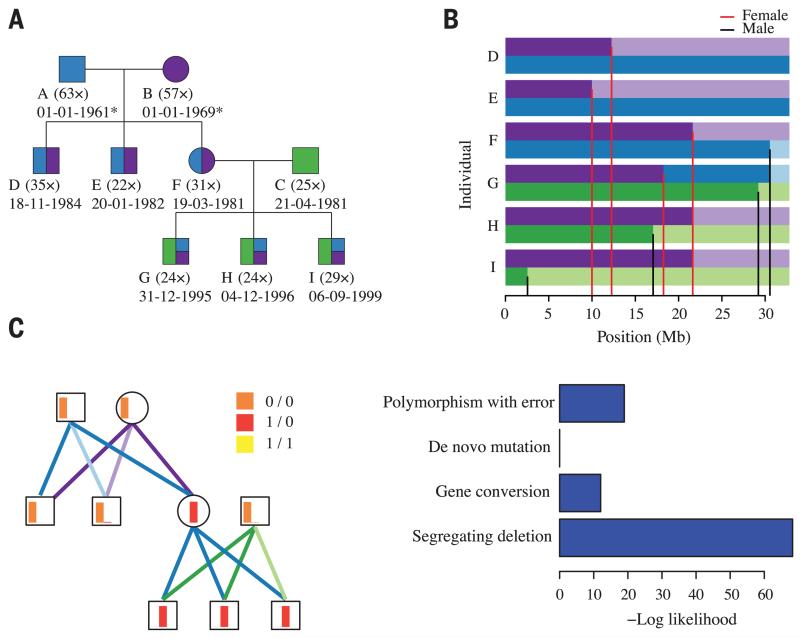Fig. 1. De novo mutations in a three-generation chimpanzee pedigree.
(A) Structure of the chimpanzee pedigree, indicating sequencing depth and date of birth (estimated for wild founders). Blue, purple, and green colors indicate expected inheritance proportions from founders. (B) Visual representation of transmission across chromosome 21 following color assignment in (A); grandparental origin distinguished by intensity. Red and black lines indicate position of female- and male-specific cross-over events, respectively. (C) Site classification at a candidate de novo mutation on chromosome 2A, showing (left) the relative genotype likelihoods for each individual (as red, orange, and yellow barplots; with height representing relative likelihood and color representing genotype), the resolved transmission structure [as purple, blue, and green lines; following color and intensity assignment in (B)], and (right) the relative likelihoods for different models for the observed genetic variation.

